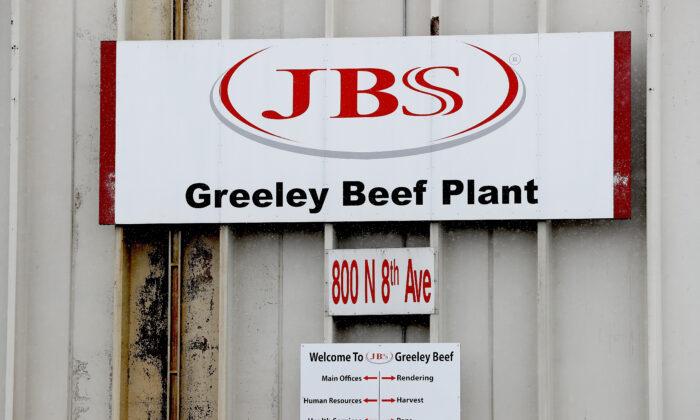
When we think of safety when cycling, we normally think of wearing helmets to protect the cyclist, or of inconsiderate car drivers knocking someone off their bike. Cyclists are not the only road users that can be injured in cycling accidents, however.
According to a recent study from the UK, when statistics are adjusted to account for distance travelled, it is found that pedestrians are almost as likely to be injured by a cyclist as by a car. Improved cycle paths in our cities have led to increases in the number of bikes on our roads, and a careless cyclist can seriously injure (or even kill) a pedestrian if travelling at speed.
The bicycle bell
In our parents’ time, neither roads nor the old High Nelly bikes lent themselves to high speeds. Today, however, bicycle paths are finished with asphalt to provide low-friction, smooth and, therefore, fast surfaces for cycling. Many modern bikes are built for speed, too, and a heavy body on a stiff-framed bike hurtling along can do a lot of damage.
In times past, every bicycle was fitted with a bell as standard. Today, however, bells are often seen as something simply too naff to soil your shiny new racing bike with.
Courtesy
Letting pedestrians and other road users know you’re coming is a matter of common courtesy. Wearing a high-visibility vest when cycling to and from work is a great help to pedestrians in helping them to spot you, especially in the hours around dusk when most traffic accidents occur. Slowing down gradually as you come up to pedestrian crossings and traffic lights is also a better idea than just jamming on the brakes—if you really need to stop suddenly, you'll have taken the edge off your speed in time, making braking easier.
All bells and whistles
An ordinary bicycle bell can be had for less than ten euro, and can prevent an accident. Using your bell in good time when you spot that other road users are not aware of your arrival could save you taking a tumble, or seriously injuring someone else. It can also speed up your journey, as others will often simply make for you. Fitting a bell can be done in minutes, or you can ask one of the technicians at your bike shop to do it for you.
Kids and bells
For children, ringing the bell on their bike or pumping that bugle horn are the best fun, but ringing the bell also teaches them something about courtesy and safety on the road. So if you have children, ensure their bike has a bell fitted—and fit one to yours too, so you can ring by example.




